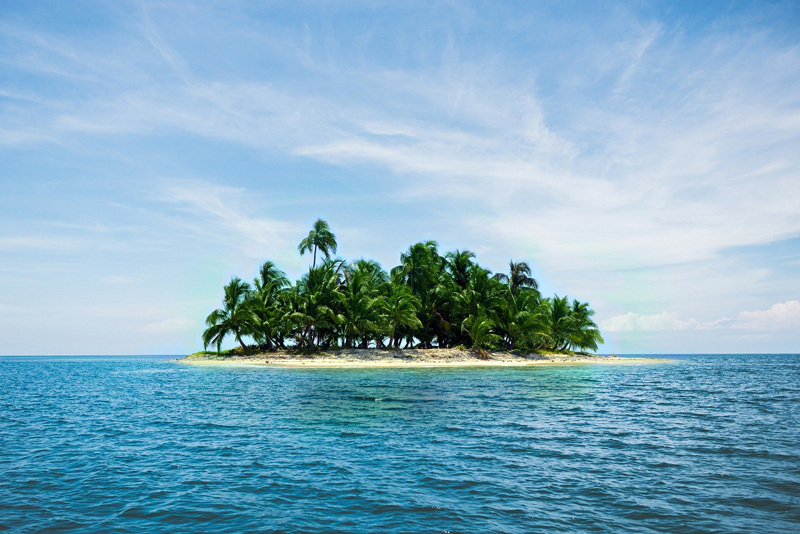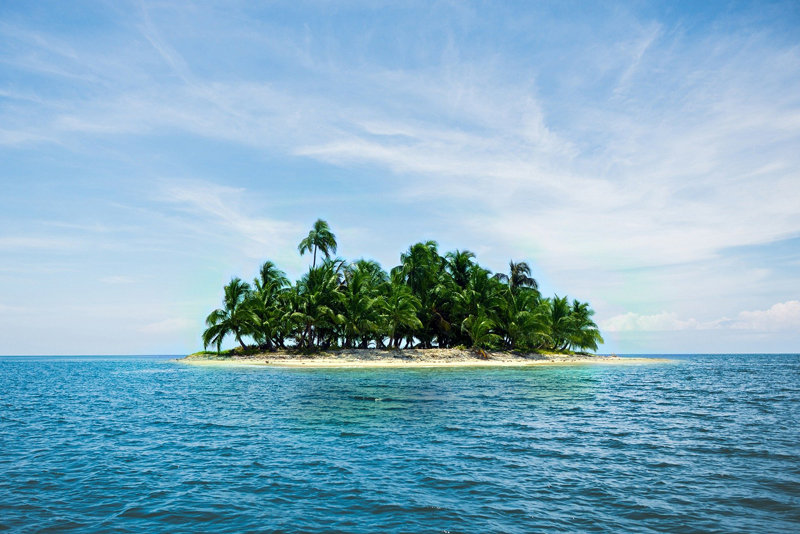Sitka - Surprising

SITKA, WHERE HISTORY IS ONLY STEPS AWAY
Long hailed as the bastion of Russian culture in Alaska, Sitka is, in fact, a unique blending of three cultures. The Kiksadi tribe of the Tlingit Indians were ensconced on the island prior to the arrival of the Russian fur traders, who promptly booted them out, who in turn were followed by the arrival of the Americans.
Situated on the western edge of Baranof Island, Sitka is outside of the “Inside Passage,” but is still a port of call for many Alaska cruise ship itineraries. Sitka’s setting is one of the most beautiful in Southeast Alaska. To the west rises Mt. Edgecumbe, an extinct volcano with a shape reminiscent of Mt. Fuji in Japan, and behind the city a smaller range of mountains rise with Alp-like spires.
Within a few short decades of their arrival in the late 18th century, the Russian influence would be in full control of the island, and the town. The name would be changed to New Archangel and in almost no time at all would become known as the “Paris of the Pacific,” the most sophisticated settlement in all Alaska.
A walking tour through the town will introduce you to all three cultures in no time at all.
A good place to begin your tour is in the very center of the town at St. Michael’s Cathedral, the distinctive onion-domed church that is the seat of the Russian Orthodox Church in Alaska. The cathedral burned in 1966 but was rebuilt using original blueprints. So many of the townspeople came to help fight this fire that many of the precious religious icons, relics and vestments were saved. Inside the cathedral contains one of the largest collections of Russian icons in the United States, including the notable Sitka Madonna.
A quarter mile to the east, on Lincoln Street, is the Russian Bishop’s House, a registered historic landmark that was constructed for Bishop Innocent Veniaminov in 1842. The house is typical of Russian-built log structures in Alaska and National Park Rangers are on hand to point out the many features of the house and chapel.
Walk on another quarter mile east to the Sheldon Jackson Museum, an octagonal shaped museum that dates from 1895. The priceless native artefacts contained within were collected by Dr. Sheldon Jackson, who travelled remote regions of Alaska as both an educator and missionary. The museum displays include masks, dog sled, kayaks, and everyday utensils. An added bonus to visiting the museum are the native artisans and craft people working on traditional goods such as baskets and carvings.
Continuing east on Lincoln Street, for approximately one mile, will bring you to the Sitka National Historical Park, this special museum not only houses seven totems, to protect them from the elements, but includes a native crafts center where you can observe centuries old skills being practiced. Outside the museum, through a beautiful forest walk, is a collection of some of the beautifully crafted totem poles in Alaska.
Back in town, a quarter mile west of St. Michael’s Cathedral, lays Castle Hill. This was the location where the United States flag was flown on January 3, 1959, signifying Alaska’s admittance into the Union as the 49th state.
And, there you have it, Sitka, a surprising convergence of three different cultures.
Long hailed as the bastion of Russian culture in Alaska, Sitka is, in fact, a unique blending of three cultures. The Kiksadi tribe of the Tlingit Indians were ensconced on the island prior to the arrival of the Russian fur traders, who promptly booted them out, who in turn were followed by the arrival of the Americans.
Situated on the western edge of Baranof Island, Sitka is outside of the “Inside Passage,” but is still a port of call for many Alaska cruise ship itineraries. Sitka’s setting is one of the most beautiful in Southeast Alaska. To the west rises Mt. Edgecumbe, an extinct volcano with a shape reminiscent of Mt. Fuji in Japan, and behind the city a smaller range of mountains rise with Alp-like spires.
Within a few short decades of their arrival in the late 18th century, the Russian influence would be in full control of the island, and the town. The name would be changed to New Archangel and in almost no time at all would become known as the “Paris of the Pacific,” the most sophisticated settlement in all Alaska.
A walking tour through the town will introduce you to all three cultures in no time at all.
A good place to begin your tour is in the very center of the town at St. Michael’s Cathedral, the distinctive onion-domed church that is the seat of the Russian Orthodox Church in Alaska. The cathedral burned in 1966 but was rebuilt using original blueprints. So many of the townspeople came to help fight this fire that many of the precious religious icons, relics and vestments were saved. Inside the cathedral contains one of the largest collections of Russian icons in the United States, including the notable Sitka Madonna.
A quarter mile to the east, on Lincoln Street, is the Russian Bishop’s House, a registered historic landmark that was constructed for Bishop Innocent Veniaminov in 1842. The house is typical of Russian-built log structures in Alaska and National Park Rangers are on hand to point out the many features of the house and chapel.
Walk on another quarter mile east to the Sheldon Jackson Museum, an octagonal shaped museum that dates from 1895. The priceless native artefacts contained within were collected by Dr. Sheldon Jackson, who travelled remote regions of Alaska as both an educator and missionary. The museum displays include masks, dog sled, kayaks, and everyday utensils. An added bonus to visiting the museum are the native artisans and craft people working on traditional goods such as baskets and carvings.
Continuing east on Lincoln Street, for approximately one mile, will bring you to the Sitka National Historical Park, this special museum not only houses seven totems, to protect them from the elements, but includes a native crafts center where you can observe centuries old skills being practiced. Outside the museum, through a beautiful forest walk, is a collection of some of the beautifully crafted totem poles in Alaska.
Back in town, a quarter mile west of St. Michael’s Cathedral, lays Castle Hill. This was the location where the United States flag was flown on January 3, 1959, signifying Alaska’s admittance into the Union as the 49th state.
And, there you have it, Sitka, a surprising convergence of three different cultures.

Related Articles
Editor's Picks Articles
Top Ten Articles
Previous Features
Site Map
Content copyright © 2023 by Ann Carroll Burgess. All rights reserved.
This content was written by Ann Carroll Burgess. If you wish to use this content in any manner, you need written permission. Contact Malika Bowling for details.



